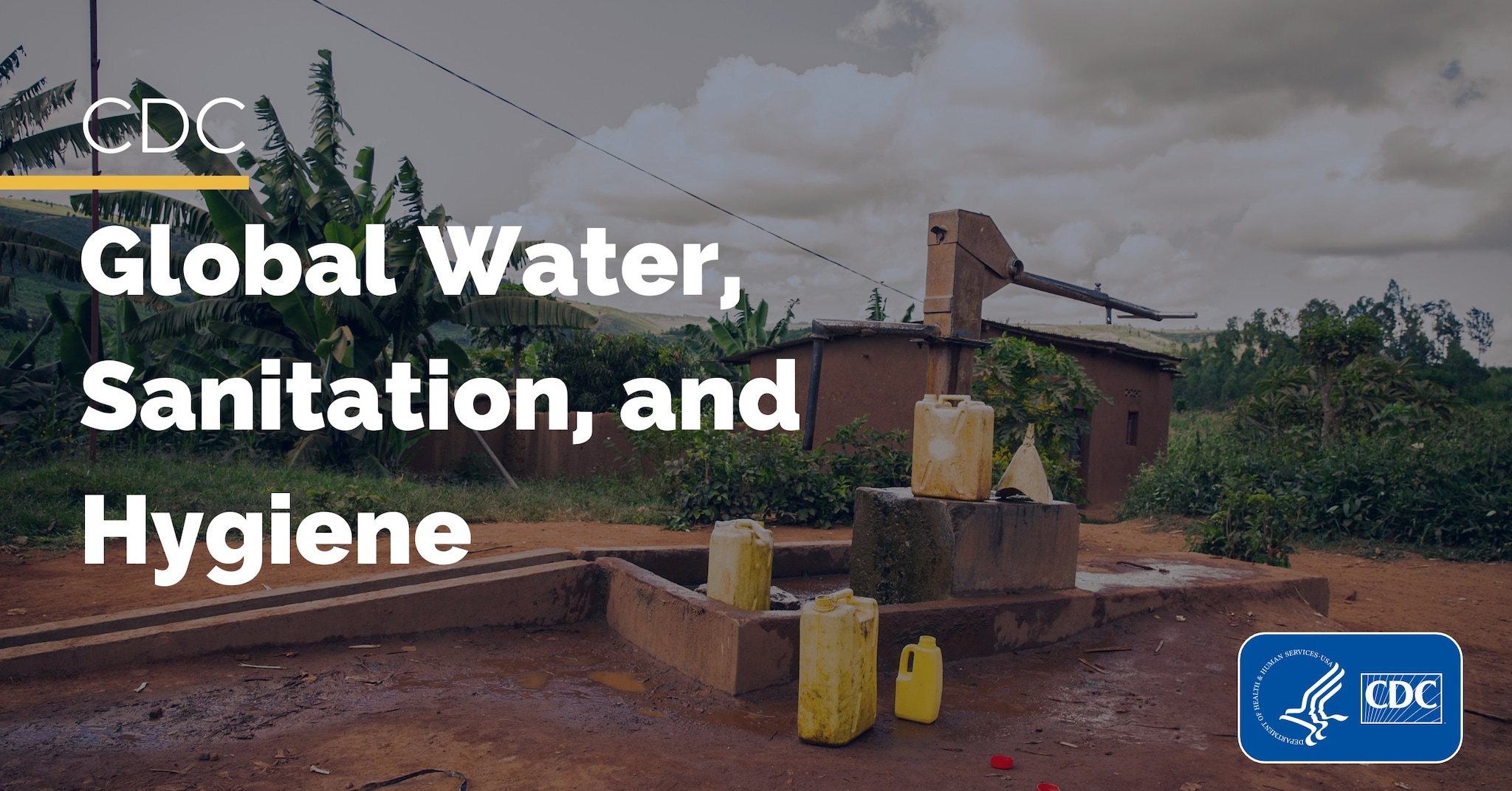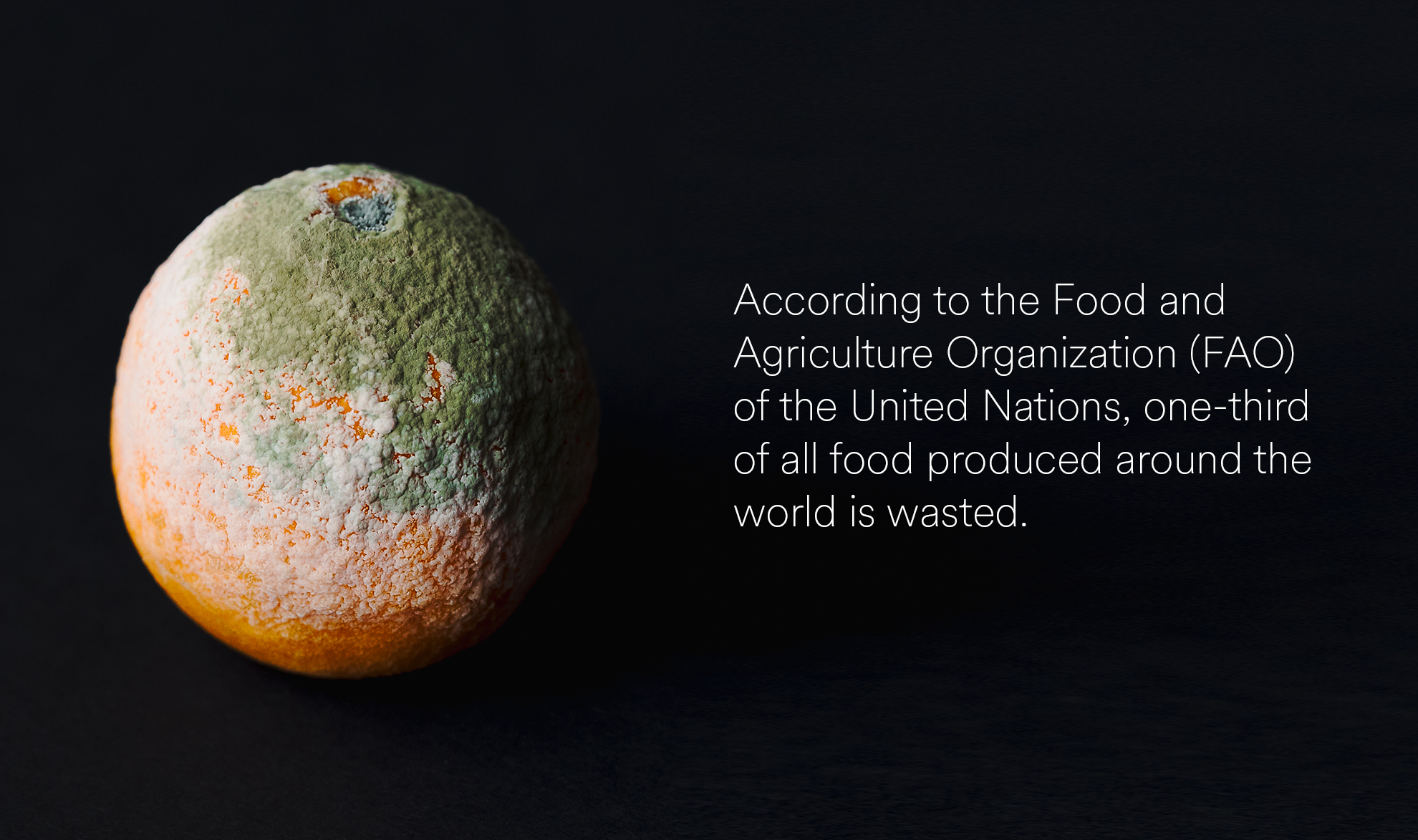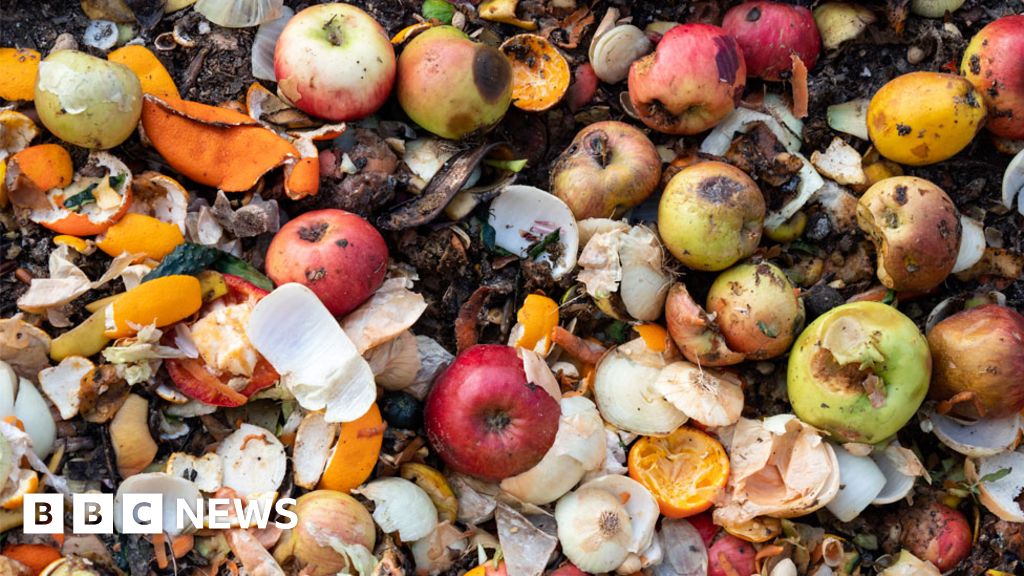The world has been going hungry for a long time now..or at least, the majority of it has. Why folks are getting their knickers in a twist now..escapes me.
Hell, about half of the world does without clean water:
Education and information about global water, sanitation and hygiene (WASH), including fast facts and interesting information related to global water.

www.cdc.gov
Hunger? Is a global norm--and has always been. The US throws away enough calories in a year to feed quite a few people--not that the US is the only offender..wastage is a global issue..but the US is the worst--with the UK right behind..in fact, a large view shows that 1st world countries waste far more usable food than do 3rd world ones :
Learn how much food American's waste. RTS study outlines its impact on the environment and economy, as well as provides some ideas on how everyday consumers and businesses can help curb food waste. Download the study today.

www.rts.com
Just how much food do Americans waste? Here’s some “food” for thought: While the world wastes about 2.5 billion tons of food every year, the United States discards more food than any other country in the world: nearly 60 million tons — 120 billion pounds — every year. That’s estimated to be almost 40 percent of the entire US food supply, and equates to 325 pounds of waste per person. That’s like every person in America throwing 975 average sized apples right into the garbage — or rather right into landfills, as most discarded food ends up there. In fact, food is the single largest component taking up space inside US landfills, making up 22 percent of municipal solid waste (MSW). All told, the amount of food wasted in America has an approximate value of nearly $218 billion – the equivalent of 130 billion meals.
Every year, 23 million truckloads of food go straight into the waste bin, according to the UN.

www.bbc.com
It is an issue previously considered to be a problem almost exclusive to richer countries - with consumers simply buying more than they could eat - but this research found "substantial" food waste "everywhere it looked".
There are gaps in the findings that could reveal how the scale of the problem varies in low- and high-income countries. The report, for example, could not distinguish between "involuntary" and "voluntary" waste.
"We haven't looked deeper [at this issue] but in low-income countries, the cold chain is not fully assured because of lack of access to energy," Martina Otto from Unep told BBC News.
The data to distinguish between the waste of edible food and inedible parts - like bones and shells - was only available for high-income countries. Lower-income countries, Ms Otto pointed out, were likely to be wasting much less edible food.


